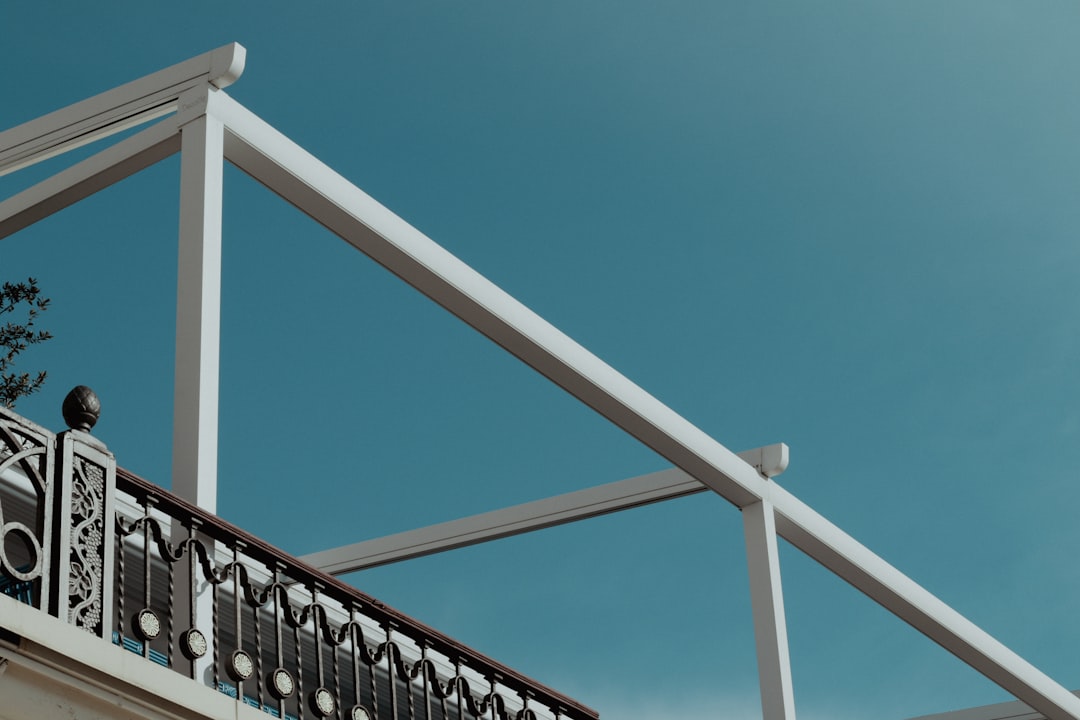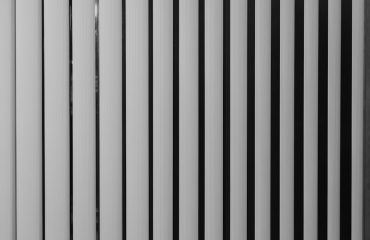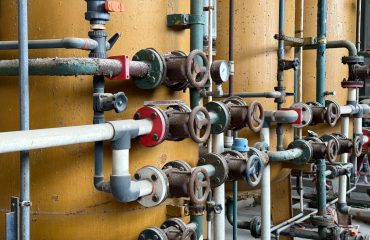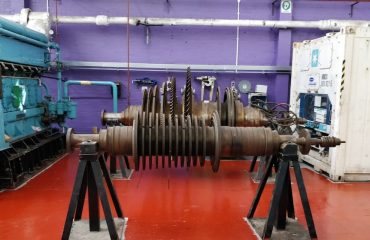Industrial steel frame projects are transforming the landscape of modern construction. Their strength, versatility, and cost-effectiveness make them a popular choice for a wide range of applications, from sprawling warehouses and manufacturing plants to sleek, modern offices and high-rise buildings. This comprehensive guide delves into the intricacies of these impressive structures, exploring their design, construction, advantages, applications, and future trends.
The Design Process: Blueprint to Reality
The design phase of an industrial steel frame project is crucial. It involves detailed engineering calculations to ensure structural integrity, considering factors like load-bearing capacity, wind resistance, seismic activity (depending on location), and fire safety regulations. Architects and structural engineers work collaboratively to create detailed blueprints, specifying the type and grade of steel, connection methods (welding, bolting), and the overall layout of the frame. Advanced software like Building Information Modeling (BIM) is increasingly used to create 3D models, facilitating better visualization, coordination, and error detection before construction begins. This meticulous planning minimizes on-site issues and ensures a smooth, efficient construction process. Furthermore, careful consideration is given to the overall aesthetic, balancing functionality with visual appeal. Modern industrial designs often incorporate large windows and open spaces to maximize natural light and create a more inviting work environment.
Construction Techniques: From Fabrication to Erection
The construction process typically begins with the fabrication of steel components in a controlled factory environment. This ensures precision and quality control, minimizing errors and delays on-site. Steel members are cut, shaped, and treated with protective coatings (like galvanization) to resist corrosion. Once fabricated, these components are transported to the construction site, where they are erected using heavy machinery like cranes and specialized lifting equipment. The erection process requires careful coordination and adherence to strict safety protocols. Bolting is often preferred over welding for its speed and flexibility, especially in larger projects. Once the frame is erected, other building components like roofing, cladding, and MEP (Mechanical, Electrical, and Plumbing) systems are installed.
Advantages of Steel Frame Construction: Strength, Speed, and Sustainability
Steel frame construction offers numerous advantages over traditional methods. Its exceptional strength-to-weight ratio allows for the creation of larger, more open spaces with fewer supporting columns. This translates to greater flexibility in design and increased usable floor area. Steel is also incredibly durable and resistant to many environmental factors, requiring minimal maintenance. The prefabrication aspect significantly speeds up the construction process, reducing project timelines and costs. Furthermore, steel is a highly recyclable material, contributing to the sustainability of the project. Modern steel manufacturing processes also focus on minimizing environmental impact, making steel a responsible choice for eco-conscious builders.
Applications Across Industries: Versatility in Action
Industrial steel frame projects find applications in a diverse range of industries. They are commonly used for:
- Warehouses and Distribution Centers: The open spans and high ceilings are ideal for storing and moving large quantities of goods.
- Manufacturing Plants: Steel frames provide the strength and flexibility needed for heavy machinery and production lines.
- Office Buildings: Modern steel frame office buildings offer a sleek, contemporary aesthetic and efficient use of space.
- Retail Spaces: Large retail spaces benefit from the open floor plans and ability to customize the interior.
- Agricultural Structures: Steel frames are used for barns, greenhouses, and other agricultural buildings.
- High-Rise Buildings: Steel’s strength and lightweight nature make it suitable for constructing tall buildings.
Future Trends in Industrial Steel Frame Projects: Innovation and Efficiency
The future of industrial steel frame projects is marked by innovation and a focus on efficiency. Advanced materials like high-strength steel and composite materials are being incorporated to enhance structural performance and reduce weight. Prefabrication techniques are becoming increasingly sophisticated, with modules being constructed off-site and assembled quickly on-site. The integration of smart technologies, such as sensors and IoT (Internet of Things) devices, is improving monitoring and maintenance. Sustainable design practices, including the use of recycled steel and energy-efficient building systems, are also gaining traction. These advancements promise to make industrial steel frame projects even more efficient, sustainable, and cost-effective in the years to come.
SEO Tags:
#IndustrialSteelFrame #SteelConstruction #SteelBuilding #PrefabricatedSteel #IndustrialBuildings




